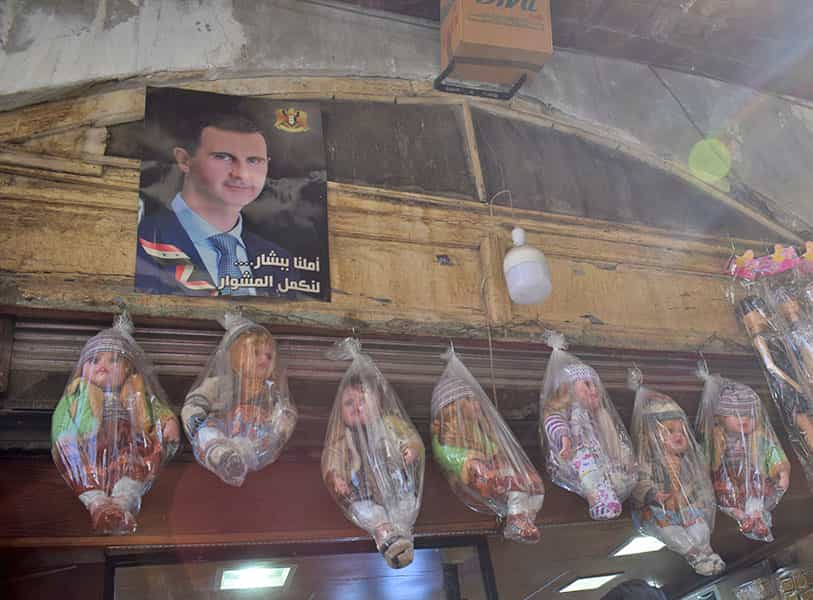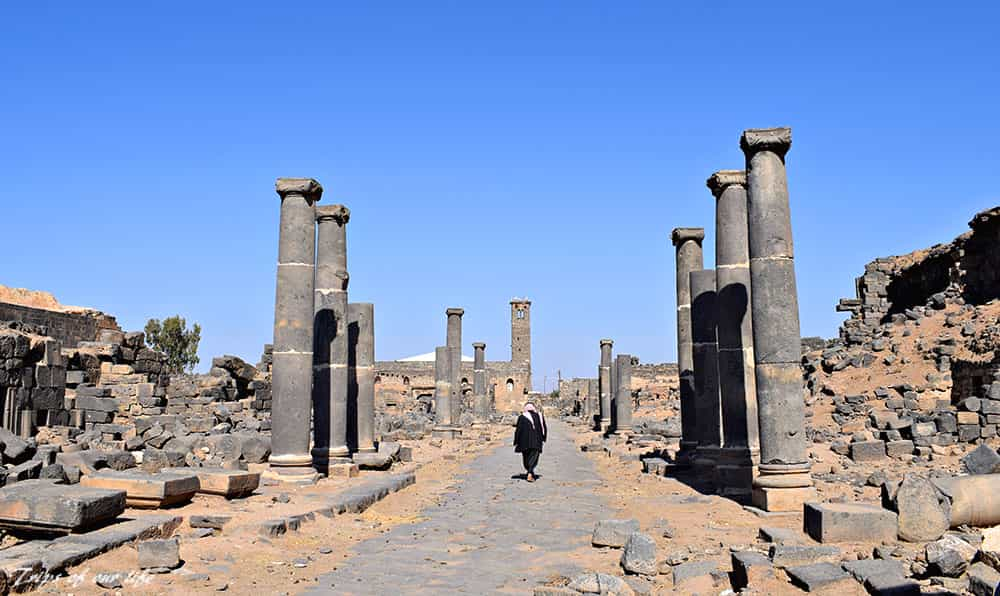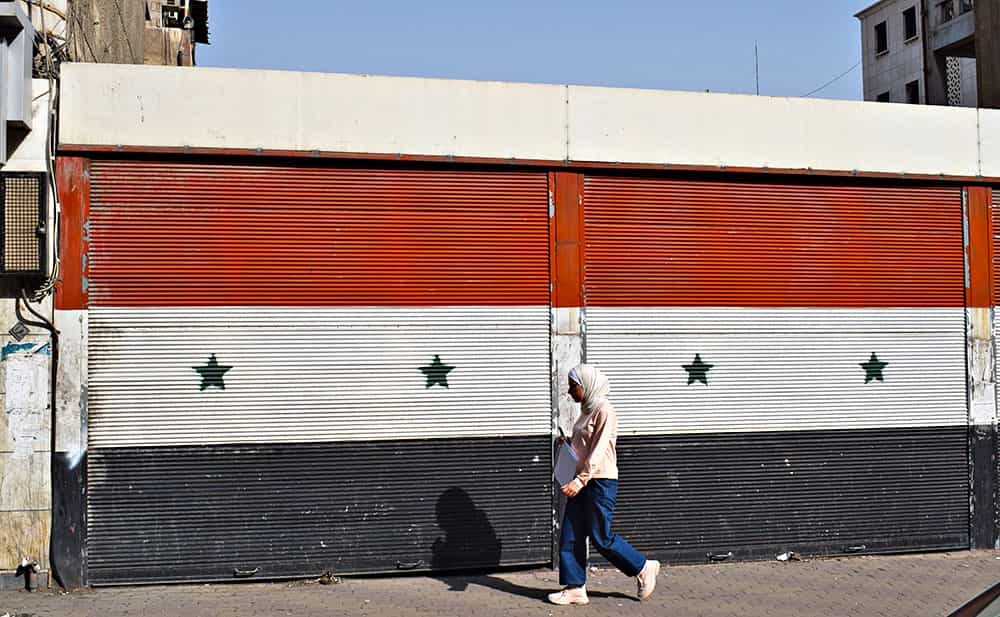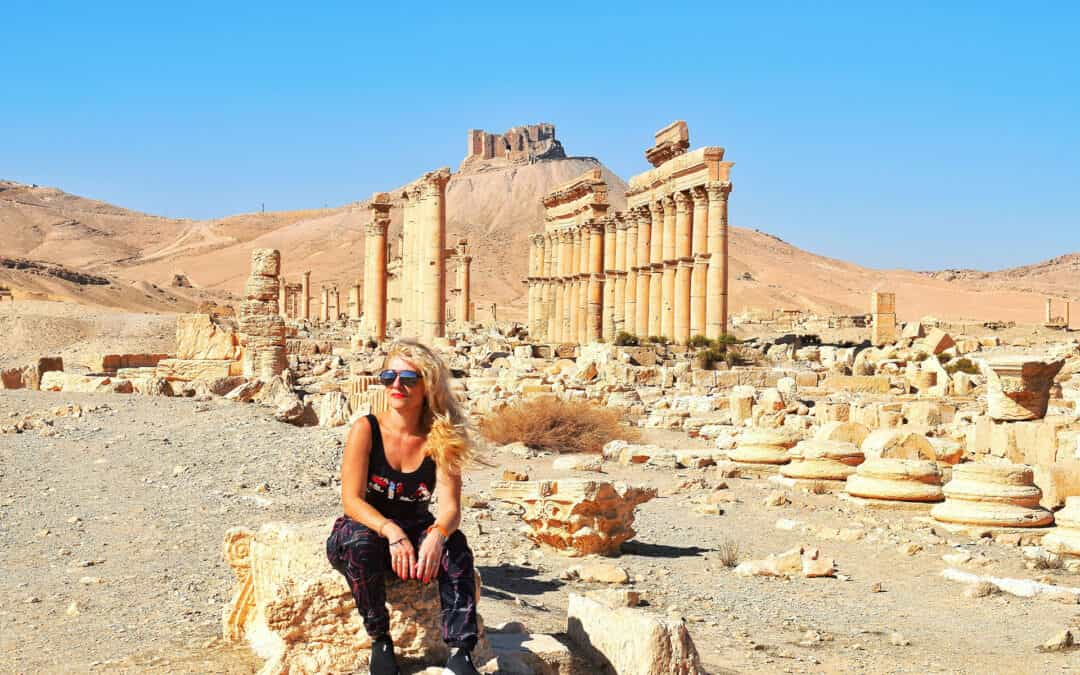I traveled to Syria in early November 2022, for 8 days.
It was a completely random thought, as Syria was never on my list. Apart from the legendary Palmyra, where I had a dream to set foot as a child, there was never a desire to visit the rest of the country.
The original idea came up from a friend, but I didn’t pay any attention, since another part of the globe was my priority at that time.
I finally started thinking about it more seriously, because of several reasons:
-
- initially, the cheap air tickets to/from Beirut (Thessaloniki – Beirut – Thessaloniki, via Athens) with the price of 140€
- the opportunity of visiting the destroyed-by the war-places, before their reconstruction and experiencing the country, before it becomes touristy again
- while Syria is open to tourism, it is not popular to mass tourism and large groups as it used to be, so fewer people everywhere
- and last but not least: the visit to Palmyra, even with a special permission!
However, I had second thoughts in making the final decision, due to the obligatory trip with a travel agency.
It was the first time in my life I traveled this way, and the truth is that it was quite hard for me. Having chosen and got used to travel either solo, or with one more person, and having the entire freedom and control of my trip, it was very difficult for me to follow a fixed program, and travel together with other people.
Unfortunately, there is no other way to visit Syria at the moment, besides having a local driver and guide and roam around the country with special permissions. Although there are no safety issues, the government tries to control visitors, since a German tourist entered illegally a war zone in 2018.
Back then, independent travelers were still allowed to enter and roam around the safe areas of the country, with the exception of some forbidden zones. One of them was the northwest side, north of Idlib town, where the war with Turkey is still running. No one knows how, but that tourist entered the area undisturbed, walked around and while coming back to the safe zone occupied by the government, he was arrested by the Syrian army, expelled from the country, and since then, solo traveling has been banned.

The Syrian war is a huge f***** mess!
The more I was reading before my trip, the more confused I was. And even more when I started to meet the locals, who are also confused about the state of the country and their freedom from ISIS and the rebels!
Some of them do support the government, others are forced to accept it in order to be able to live as normally as possible, the point is that indeed in Syria, the war-as we knew it-no longer exists.
Nevertheless, even as a visitor you can understand from the very first moment that something is wrong, as you are forced to see the face of the President Assad everywhere, on photos and banners. It was really intense and annoying for us, although eventually, we got used to it (I couldn’t even imagine how ridiculous that would have been in Greece, facing the pictures of our any Prime Minister, all around us!)
So let’s try to clear up this mess and understand the facts:
Back to 2011, when the civil war between the dictatorial government and the free Syrian army and rebels started, a bunch of countries got involved, USA, Russia, Iran, Iraq, ISIS, brunches of al-Qaeda, and the list was endless. The rest of the history is well known.
Coming to the last years, when the official government of Syria “liberates” most of the country and slowly life returns to normality. The destroyed old towns have already begun to be rebuilt, the inhabitants are slowly returning to their homes and jobs, and tourism is opening again.
After all, not all of the country is destroyed (e.g. Damascus and Hama have been left untouched).
Life in Syria at the moment goes like this:
The war has moved mostly to the north-western side of the country, at the border with Turkey.
The north-eastern side is occupied by the Kurds, and as far as I know, there isn’t any conflict.
At the eastern desert, where only some scattered villages and nomad camps are found, ISIS is still present. The ancient town of Palmyra is actually the border of free Syria and the last point controlled by the Syrian army and government.
The south-west side is occupied by Israel and it is still a no visit zone, while southern Syria is occupied by the rebels and the free Syrian army. There is no conflict there at the moment, even though the area is not controlled by the government, so we were able to reach the south side and visit the ancient city of Busra.

Busra ancient city
HOW:
In order to enter the country, first you must find a local travel agency. At the moment, there are not many travel agencies in Syria and they all offer more or less the same program and prices. The staff of the agency arranges everything: the visa application, various entry permissions, security clearance, accommodation and transportation. We did absolutely nothing, except for sending a form with our details, and photocopies of our passports. We opted for the Marrota travel & tourism, which gave us the most advantageous price at that time, and we were completely satisfied with the services and staff.
The only way to enter Syria is by road from Lebanon and Jordan only, but entrance is prohibited to Israeli and American (US) passport holders. The border with Turkey and Israel is closed, while Syria-Iraq border is unofficially open. Damascus airport serves mostly international flights from Arab countries, but due to the military base, Israel attacks the airport frequently, so 90% of travelers choose to fly to Beirut. The travel agency arranges the transportation from the 2 airports (Beirut or Amman).
The Syrian border from Beirut is about 2 hours drive. We were picked up from the airport by a small van and we made a short stop, in order to exchange euros to dollars at the black market, close to the border. In Damascus, we would have to pay for our tour in US dollars, but we were told that they only accept banknotes with the small head in the figure (and not the big one). So we did not change beforehand in Greece, as the Lebanese exchangers would give us the right banknotes, at a very good rate. Everywhere around the country you have to pay only in Syrian pounds, as it is strictly forbidden for the locals to accept another currency. Actually, exchanging the local currency was quite confusing, but thanks to our travel agency we managed everything!
At the borders, we didn’t face any issue at all, neither leaving Lebanon nor entering Syria. The visa had already been applied by the local agency and all we had to do, was waiting at the passport control line and paying 60E for the visa stamp, since our driver had taken over the rest of the border procedure.

The day tour to the ancient city of Busra, located in an area occupied by the rebels and the free Syrian army, is optional.
We were a group of 5 people and opted for the 8-day program that costs $960 per person.
The price includes all transfers by private van, accommodation with breakfast in 4 & 5* hotels, entrance fees to museums and archaeological sites, security clearance, special permission for Palmyra, guide and departure tax.
The 8 days were more than enough for the places we visited with the following program:
Day 1: Beirut to Damascus and guided tour around the old town (More details here)
Day 2: Full day guided tour of Damascus
Day 3: visit the Christian town of Maaloula, the ruined old town of Homs and arrival in Aleppo
Day 4: sightseeing tour of the ruined old town of Aleppo
Day 5: visit the ancient city of Apamea, the waterwheels of Hama, the medieval castle of Krak des Chevaliers, and overnight in the nearby village of Almistaya
Day 6: visit the ancient city of Palmyra and return to Damascus
Day 7: visit the ancient city of Busra and back to Damascus
Day 8: guided tour of Damascus and departure for Beirut

